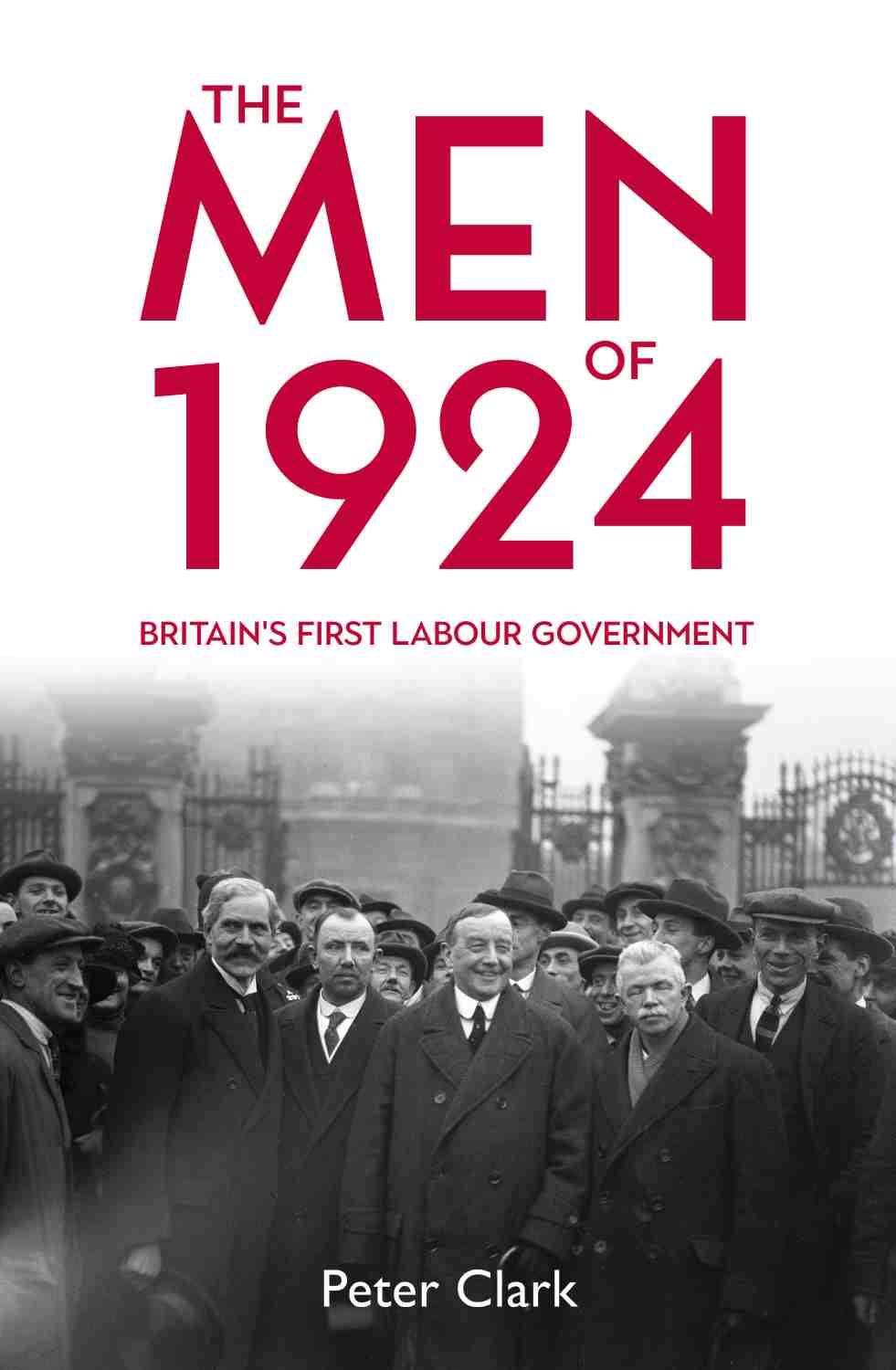Compelling: Nick Thomas-Symonds reviews 'The Men of 1924'
Leaving Buckingham Palace, 1924: (l-r) Ramsay MacDonald, JH Thomas, Arthur Henderson and JR Clynes | Image by: Heritage Image Partnership Ltd / Alamy Stock Photo
4 min read
Peter Clark’s well-written and finely observed study of the men who comprised the first Labour cabinet is a compelling dive into the party’s history
“Amid the gold and crimson of the Palace, I could not help marvelling at the strange turn of fortune’s wheel, which had brought MacDonald, the starveling clerk, Thomas, the engine driver, Henderson, the foundry labourer, and Clynes, the mill hand, to the pinnacle.” With these words, JR Clynes, the party’s deputy leader, captured the widespread sense of amazement when the first Labour prime minister, Ramsay MacDonald, kissed the hand of King George V on 22 January 1924, and appointed the first British Labour government.
The previous month’s general election had produced an inconclusive result. The prime minister, Stanley Baldwin, had sought a mandate for a protectionist trade policy, but instead lost the Conservative parliamentary majority, securing only 258 seats, with Labour taking 191, and the Liberals 158. The Liberal leader and former prime minister, HH Asquith, observed: “If a Labour government is ever to be tried in this country, as it will sooner or later, it could hardly be tried under safer conditions.”
The majority of MacDonald’s top team had left school at 15. Five had begun work when they were 12 years-old
The rise of the Labour Party in the early part of the 20th century has been explored elsewhere. In his latest book, Peter Clark has instead produced a very readable, compelling account of the 20 men who formed this first Labour cabinet. While Baldwin’s cabinet contained six men from Eton and five from Harrow, the majority of MacDonald’s top team had left school at 15. Five had begun work when they were 12 years-old; Clynes had started work in a textile mill at the age of 10. Outside the cabinet, the parliamentary secretary at the ministry of labour, Margaret Bondfield, would become Britain’s first female cabinet minister in MacDonald’s second administration in 1929.
Clark captures the importance of the men’s direct industrial experience: 13 members of the cabinet had been trade union officials. He also points out how MacDonald, in seeking experienced people to fill all the posts, included four former Liberals and two with Conservative pasts. The portraits of each man are well-written and finely observed, from the charisma of MacDonald with his “matinee idol looks… and his enthralling voice” and the parsimony of the chancellor, Philip Snowden, to the “brash and uninhibited Welshman” JH “Jimmy” Thomas, and “Uncle Arthur” Henderson who was held in high affection by party activists. Clark captures the significance of John Wheatley’s radical Housing Act that offered an annual per-house subsidy for local authorities to build houses for rent.
 In opposition, the Conservatives tried to stoke up fear of revolution in Britain. JR Campbell, acting editor of the Communist Workers’ Weekly, had published an article calling for the armed forces not to turn their guns on fellow workers. MacDonald’s claim to parliament that he was not consulted on the withdrawal of the resulting prosecution for sedition came under scrutiny, and a vote of censure was carried against the government in the House of Commons. The next day, 9 October 1924 , the prime minister went to the Palace to seek a dissolution.
In opposition, the Conservatives tried to stoke up fear of revolution in Britain. JR Campbell, acting editor of the Communist Workers’ Weekly, had published an article calling for the armed forces not to turn their guns on fellow workers. MacDonald’s claim to parliament that he was not consulted on the withdrawal of the resulting prosecution for sedition came under scrutiny, and a vote of censure was carried against the government in the House of Commons. The next day, 9 October 1924 , the prime minister went to the Palace to seek a dissolution.
Four days before polling day, which was set for 29 October, the Daily Mail published a letter purportedly sent to the British Communist party by Grigory Zinoviev, the head of the Soviet Comintern, a body set up to foment worldwide revolution. It was a forgery, but the “Red Menace” hung over the voters as they went to the polls. The Conservatives returned to power in a landslide, winning 419 seats. Labour returned only 151 MPs, and the Liberals collapsed to only 40. The men of 1924 had lost office after only 10 months in power, but they had established Labour as the Conservatives’ main competitors for government.
Nick Thomas-Symonds is Labour MP for Torfaen
The Men of 1924: Britain’s First Labour Government
By: Peter Clark
Publisher: Haus Publishing
